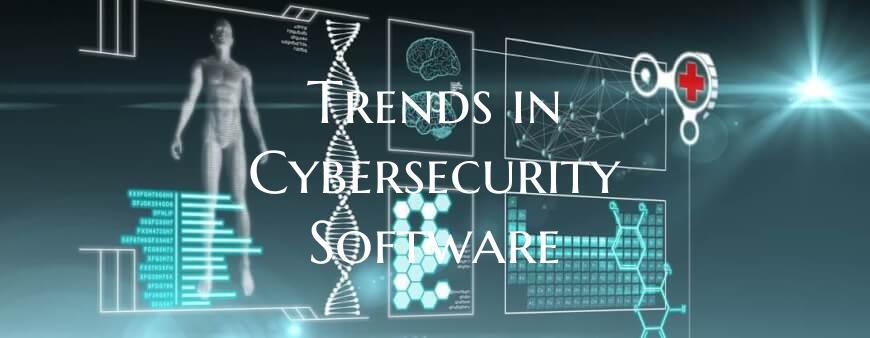Trends in Cybersecurity Software
In today's digital age, cybersecurity is more crucial than ever. With the rapid advancement of technology and the increasing complexity of cyber threats, organizations are constantly seeking innovative solutions to safeguard their data and systems. One vital component of a robust cybersecurity strategy is the use of cybersecurity software, which plays a key role in protecting against cyber attacks, detecting vulnerabilities, and responding to incidents promptly.
Here are some prominent trends in cybersecurity software that are shaping the landscape of cybersecurity:
1. AI and Machine Learning: Artificial intelligence (AI) and machine learning technologies are being increasingly integrated into cybersecurity software to enhance threat detection and response capabilities. These technologies enable software to analyze vast amounts of data rapidly, identify patterns, and predict potential cyber threats with greater accuracy.
2. Zero Trust Security: The zero trust security model is gaining traction in cybersecurity software development. This approach emphasizes the principle of "never trust, always verify," requiring strict identity verification and continuous monitoring of all devices and users accessing the network. Cybersecurity software implementing zero trust principles provides enhanced security controls and mitigates the risks of breaches.
3. Cloud Security Solutions: With the widespread adoption of cloud services, cybersecurity software tailored for cloud environments is in high demand. Cloud security solutions offer features such as data encryption, access control, and threat detection specific to cloud infrastructures, ensuring comprehensive protection for data stored and processed in the cloud.
4. Endpoint Detection and Response (EDR): EDR solutions are becoming increasingly essential in cybersecurity software suites. These tools focus on monitoring and analyzing endpoint devices for signs of suspicious activity or potential breaches. By providing real-time visibility into endpoint behavior, EDR software enhances threat detection and enables rapid incident response.
5. Automated Incident Response: As cyber threats continue to evolve, the need for swift incident response capabilities is paramount. Cybersecurity software incorporating automated incident response mechanisms can help organizations mitigate the impact of cyber attacks by triggering predefined responses to security incidents, reducing manual intervention and response time.
6. Risk-Based Vulnerability Management: Cybersecurity software is evolving to prioritize vulnerabilities based on risk assessments. By adopting risk-based vulnerability management strategies, organizations can focus on addressing critical vulnerabilities that pose the most significant threat to their systems and data, optimizing resource allocation and enhancing overall cybersecurity posture.
7. Compliance and Governance Tools: As regulatory requirements and compliance standards continue to evolve, cybersecurity software is incorporating features to streamline compliance management and governance processes. These tools help organizations ensure adherence to industry regulations and standards while maintaining robust security practices.
In conclusion, the landscape of cybersecurity software is constantly evolving to combat emerging threats and protect organizations from cybersecurity risks effectively. By staying abreast of the latest trends and integrating innovative cybersecurity software solutions, organizations can fortify their defenses and safeguard their digital assets in an increasingly interconnected world.

